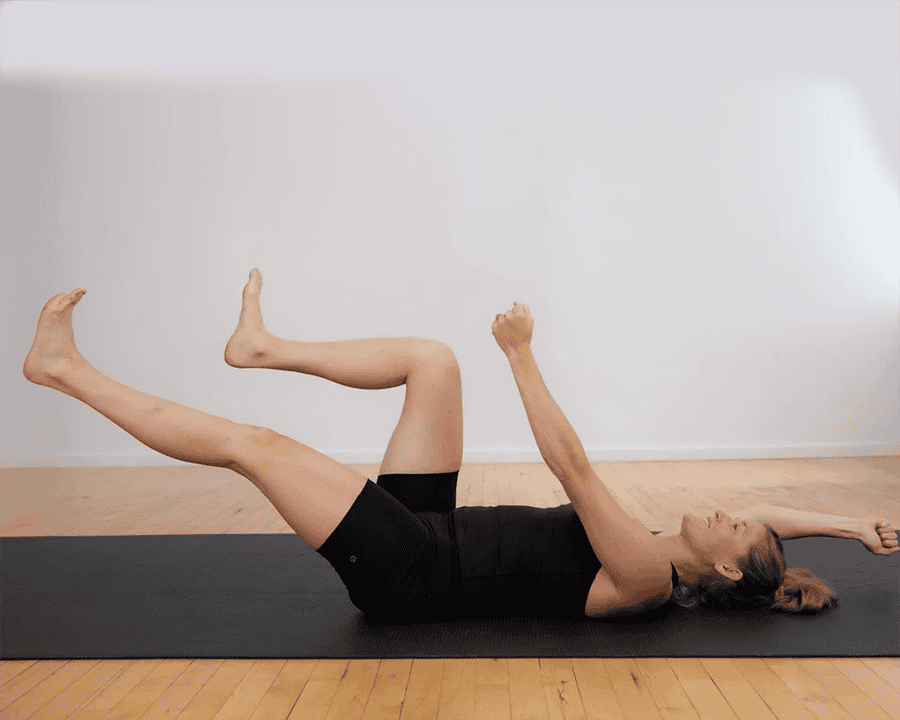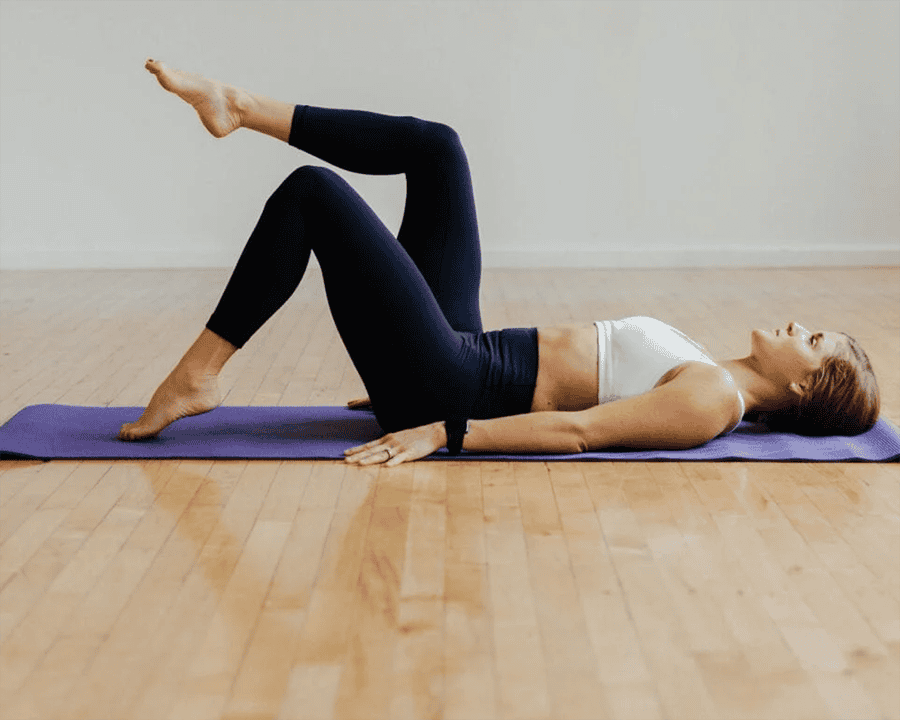People seldom talk about the common stomach problems that occur after giving birth. It’s always just, Congratulations on your new little bundle of joy! Sure it’s an amazing time, but amidst the euphoria of new motherhood, you’re also likely to confront some bodily changes, particularly with your stomach. Many women experience a variety of postpartum stomach issues that can be uncomfortable and slightly concerning. But don’t worry, it’s just a sensitive phase of adjustment and healing for your body.
Every woman’s body is different, and her postpartum recovery process is unique to her. Physical therapy offers a comprehensive approach that considers her specific needs.
 Some of the most common stomach problems and our tips on how to treat or prevent them
Some of the most common stomach problems and our tips on how to treat or prevent them
- Digestive Shifts: The miracle of childbirth brings joy but also strains your body in several ways. One of the main bodily systems affected is your digestive system, which can experience significant changes during pregnancy and postpartum. Your diet is crucial in addressing postpartum stomach issues and reregulating your digestion. Choosing the right foods can promote healing and provide the energy you need to care for your newborn. Opt for snacks rich in protein, healthy fats, and complex carbohydrates. Nuts, yogurt, and whole-grain crackers are excellent choices.
- Postpartum Gas and Bloating: After delivery, your muscles, including those in the digestive tract, might be sluggish, leading to gas and bloating. This feeling can be uncomfortable but is generally short-lived. To ease gas and bloating, try frequent, light exercise to help stimulate digestive function. While rest is essential postpartum, gentle movement can speed recovery by enhancing blood flow and reducing bloating. Walking is a straightforward, practical exercise to start with postpartum. Gradually incorporate pelvic floor strengthening exercises once your doctor gives you the green light. Yoga or Pilates classes, particularly those designed for postpartum women, are beneficial for strengthening the core, which can help rectify diastasis recti over time. Also, stay hydrated to maintain your digestive health and gradually increase fiber intake to regulate your bowel movements. Mindful eating and eating smaller, more frequent meals can help manage gas, bloating, and other gastrointestinal discomfort.
- Constipation and Hemorrhoids: Both conditions are common after childbirth, mainly if you had a vaginal delivery. Hemorrhoids and swollen veins in the rectal area can result from the strain of labor. To cope with constipation and Hemorrhoids, eat a reasonably high-fiber diet with plenty of fresh fruits and vegetables. Also, remember not to delay when you feel the urge to maintain regular bowel activity. Over-the-counter creams or suppositories can provide hemorrhoid relief. Water is an essential ally in combatting constipation and aiding recovery. Try for six to eight glasses daily, including other fluids like herbal teas and broths.
- Diastasis Recti: Diastasis recti occurs when your large abdominal muscles move apart during pregnancy, causing a gap in the midline of the stomach. This separation can lead to a postpartum bulge in the stomach area and is associated with core weakness and lower back pain. Gentle exercises designed explicitly for diastasis recti by a physical therapist can aid recovery. Avoid heavy lifting or traditional crunches, which can worsen the condition.
- Core Weakness: The muscles of the abdomen, back, and pelvis form the core, which plays a critical role in stability and movement. Postpartum, these muscles can be weak, contributing to bad posture and reducing essential support for the spine and trunk.
- Scar Tissue Formation: After a cesarean delivery, scar tissue in the abdominal area can add complexity, potentially causing discomfort and restricting movement.
More blogs from Nancy Branberg
What Are The Early Signs Of Postpartum Depression?
What Is Pelvic Floor Physical Therapy?
Can A Prolapsed Bladder Be Helped Without Surgery?
Recovering From Postpartum Stomach Issues
Recovery times can vary widely among new mothers. Patience and self-compassion should guide you as you recover at your own pace. Remember, as much as caring for your newborn is now your priority, your health is just as important. Many of these stomach issues will gradually resolve as your body heals from the inside out.
The strain of coping with postpartum stomach issues can impact your mental health. So, it’s vital to seek support and prioritize your self-care during this time. Sharing experiences with other new Moms can be comforting and provide valuable tips. But never hesitate to consult healthcare professionals, including doctors, dietitians, and physical therapists, for personalized advice and reassurance. A warm bath or a few moments of relaxation where you can also work wonders for your emotional and physical state.
Remember that positive thinking has genuine power in the healing process. Celebrate all your small victories, and be mindful that your body has just accomplished something incredible. Recovery is another heroic part of the journey on the profoundly beautiful path of motherhood. But you’re not alone in this postpartum phase either.
Millions of women experience similar challenges, and with proper physical therapy care, good nutrition, and gentle movement, you will regain your strength and vitality. However, if you have common stomach problems or severe pain, you should contact a specially trained postpartum physical therapist for help.
How Does Physical Therapy Help With Postpartum Stomach Problems?
Entering motherhood is one of life’s monumental journeys. While the joy of a new baby in the family is boundless, the body’s transformation during pregnancy and labor can lead to various physical adjustments and challenges. For many new moms, postpartum recovery issues with the stomach – from muscle separation to core weakness – are common and can limit your mobility and cause discomfort. But physical therapy can help.
Recovery after childbirth is a series of small victories, each a testament to your strength, determination, and women’s bodies’ remarkable adaptive ability.
The presence of a knowledgeable and supportive physical therapist can instill confidence as you tackle each step of your postpartum recovery. With that reinforcement and empowerment, you can address your postpartum stomach issues and confidently partake in the activities you love and those crucial to baby care.
During our postpartum physical therapy sessions, we provide targeted strategies to strengthen, stabilize, and restore your postpartum body. They can be crucial in addressing postpartum stomach issues and how you recover and thrive in your motherhood journey. Through consistent effort and professional guidance, you’ll be surprised and delighted to discover the physical feats you can achieve postpartum.
We arm you with the knowledge and practical skills that transform the daunting task of postpartum recovery into a manageable and even empowering experience. Self-advocacy becomes second nature as you learn to recognize your physical limits and know when to push forward, when to rest, and when to seek further support. This self-awareness sets the stage for a healthy and proactive approach to recovery and lifelong well-being.

Physical therapy focuses on restoring and maintaining optimal movement and function in the body. Returning to exercise, lifting your children with ease, and feeling comfortable in your own skin are just a few of the victories we can help you claim. These achievements have physical benefits and can profoundly impact your self-esteem and mental health, which are vital elements in the challenging but rewarding transition into motherhood.
However, one of the most significant advantages for postpartum mothers is that it promotes a gradual and sustainable recovery. It provides the tools and support to heal your body well, essential for long-term health and well-being. Postpartum physical therapy can work wonders in addressing stomach/abdominal issues. Here’s how:
- Education and Awareness: The first step in the process is educational, where we help you understand what’s happening in your body and how specific exercises can help. We teach techniques like engaging the transverse abdominis (the corset muscle) to support the core and exercises to avoid that can strain weak postpartum muscles.
- Manual Therapy and Massage: We may utilize techniques like soft tissue mobilization to improve circulation, reduce swelling, relieve discomfort, muscle tightness, and scar tissue.
- Strengthening Exercises: We also create a structured stretching and strengthening exercise regimen to target the abdominal muscles and your broader “core” to increase strength gradually and decrease the appearance of diastasis recti.
- Posture Training: We believe that proper posture can be a game-changer for postpartum recovery. We guide you to adopt positions and movements that support the alignment of your spine and trunk.
- Diaphragmatic Breathing: Learning to breathe more effectively using the diaphragm can enhance core engagement and help strengthen the stomach area without overworking it.
Postpartum physical therapy is much more than a treatment, even more so when it comes to treating common stomach problems that occur after giving birth. It’s a partnership in healing, a roadmap back to strength, comfort, a vivid sense of vitality—and a joy-filled motherhood. It’s an investment in your health and quality of life, reinforcing the fact that caring for yourself is a fundamental aspect of caring for the beautiful life that has just begun.


 Some of the most common stomach problems and our tips on how to treat or prevent them
Some of the most common stomach problems and our tips on how to treat or prevent them